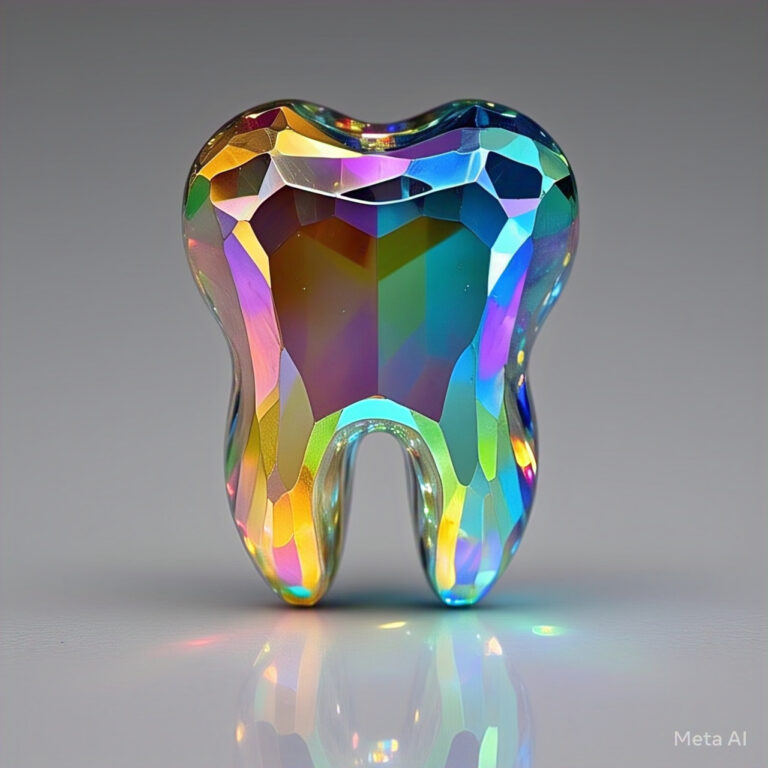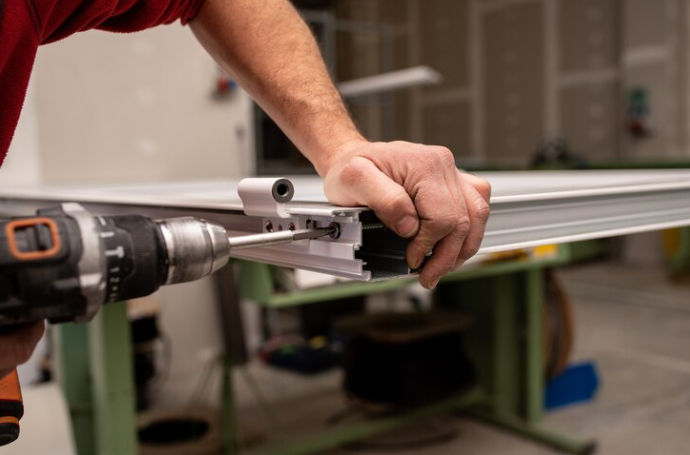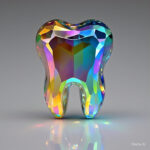Incontinence, a common and often challenging condition, affects individuals of various ages and backgrounds. Fortunately, the evolving field of healthcare has led to a wide array of incontinence products designed to enhance comfort, dignity, and quality of life for those managing this condition. This exploration goes beyond the basics, delving into the diverse world of incontinence products and providing valuable insights for individuals and caregivers navigating this important aspect of healthcare.
Understanding the Diversity of Incontinence Products:
Incontinence products have come a long way from the standard options that were once the norm. Today, a diverse range of products caters to the specific needs and preferences of individuals dealing with incontinence. Navigating this world involves understanding the various types of products available and selecting those that align with lifestyle, severity of incontinence, and personal comfort.
1. Disposable vs. Reusable Products:
The first decision in selecting incontinence products often involves choosing between disposable and reusable options. Disposable products, such as adult diapers and pads, offer convenience and easy disposal. Reusable products, including washable underwear and pads, are eco-friendly and can be more cost-effective in the long run. Understanding the pros and cons of each type allows individuals to make informed choices based on their preferences and circumstances.
2. Absorbent Pads and Liners:
For individuals with light to moderate incontinence, absorbent pads and liners are versatile and discreet options. These thin, absorbent products adhere to underwear and provide an extra layer of protection against leaks. They are available in various sizes and absorbency levels, allowing users to tailor their choice to their specific needs.
3. Adult Diapers or Briefs:
Adult diapers or briefs are common choices for managing moderate to severe incontinence. These products offer comprehensive coverage and are designed to provide maximum absorbency and leakage protection. They often feature adjustable tabs for a secure and customised fit, ensuring comfort and confidence throughout the day.
4. Undergarments and Protective Pants:
Designed to resemble regular underwear, incontinence undergarments and protective pants offer a discreet and comfortable option. They come in various styles, including pull-on and snap-on, providing individuals with choices that suit their preferences and mobility. These products are ideal for those who desire a more inconspicuous solution to manage incontinence.
5. Bed and Chair Protection:
Incontinence extends beyond daytime activities, and products designed for nighttime use or extended periods of sitting are essential. Disposable or washable bed pads and chair protectors provide an additional layer of defense against leaks, preserving the integrity of bedding and furniture.
6. Skin Care Products:
Maintaining skin health is crucial for individuals managing incontinence. Specialised skin care products, such as moisture barriers and barrier creams, help prevent irritation and discomfort caused by prolonged exposure to moisture. These products contribute to overall skin wellness, promoting comfort and reducing the risk of skin-related complications.
7. Odor Control Products:
Incontinence products often include features to address odor concerns, enhancing the user’s sense of dignity and well-being. Odor control products, such as absorbent pads with built-in deodorisers, help manage and neutralise unpleasant smells, providing an additional layer of discretion.
8. Specialised Products for Active Lifestyles:
For individuals leading active lives, there are specialised incontinence products designed to accommodate various activities. Whether it’s sports, travel, or outdoor pursuits, there are products such as discreet pads or briefs with enhanced flexibility and absorbency to support individuals in maintaining their preferred lifestyle.
9. Innovations in Technology:
Advancements in technology have brought about innovative solutions in the field of incontinence management. Smart wearable devices and sensor-based products can monitor urinary patterns and provide insights into managing incontinence more effectively. These technological innovations contribute to a more personalised and proactive approach to incontinence care.
10. Environmental Considerations:
An increasing awareness of environmental sustainability has influenced the development of eco-friendly incontinence products. Reusable options, biodegradable materials, and products with reduced environmental impact cater to individuals who prioritise both effective incontinence management and a commitment to sustainability.
Empowering Decision-Making:
Navigating the world of incontinence products goes beyond a one-size-fits-all approach. It requires an understanding of individual needs, preferences, and lifestyle considerations. Empowering individuals and caregivers to make informed decisions involves:
Consultation with Healthcare Professionals:
Healthcare professionals, including doctors, nurses, and specialists, play a crucial role in guiding individuals toward suitable incontinence products. Their expertise helps tailor recommendations based on the severity of incontinence, underlying health conditions, and lifestyle factors.
Trial and Error:
Selecting the right incontinence products often involves a degree of trial and error. Individuals may need to experiment with different types and brands to find products that offer optimal comfort, fit, and absorbency.
Product Reviews and Recommendations:
Online resources, including product reviews and recommendations, can provide valuable insights from individuals who have firsthand experience with specific incontinence products. Real-world feedback helps prospective users make more informed decisions.







